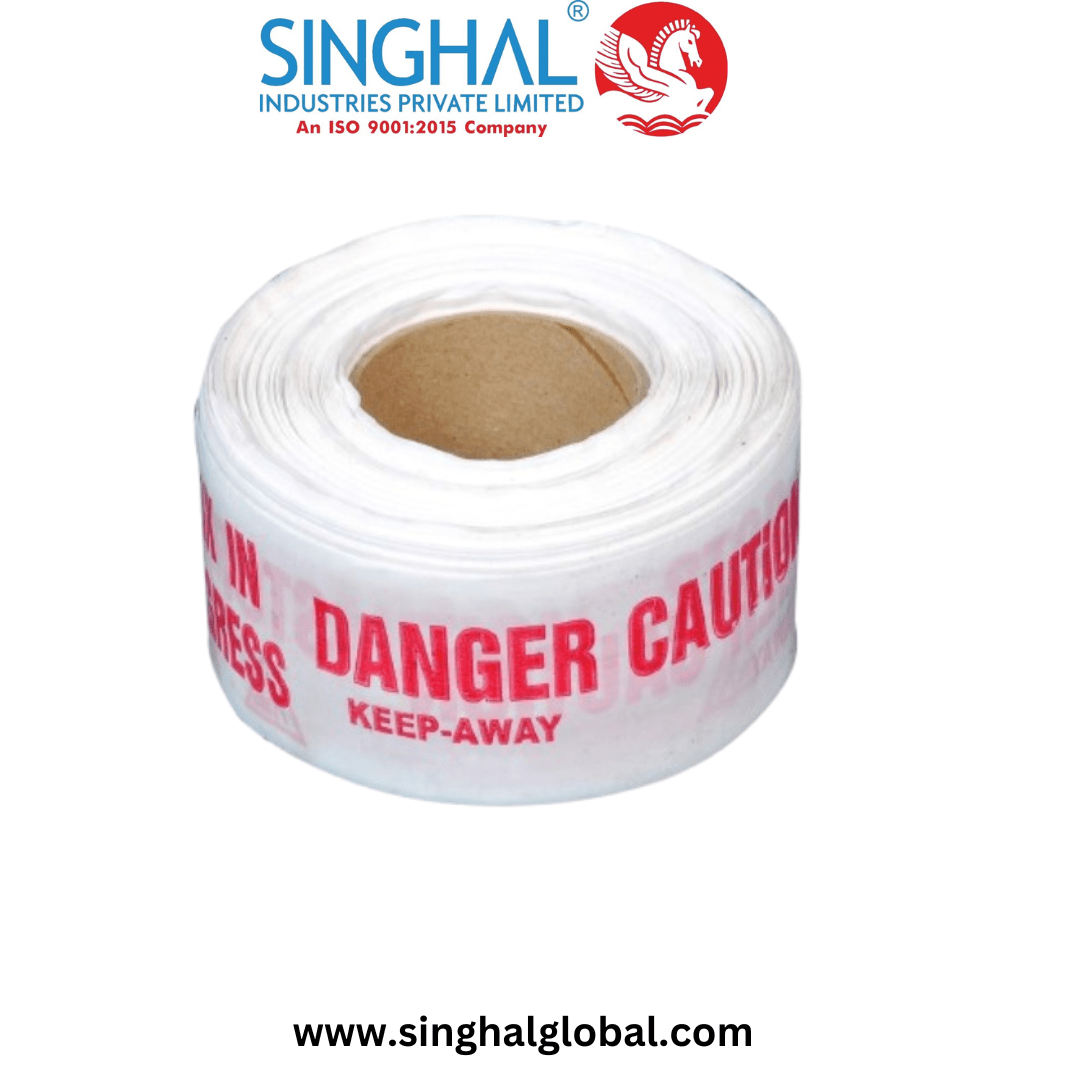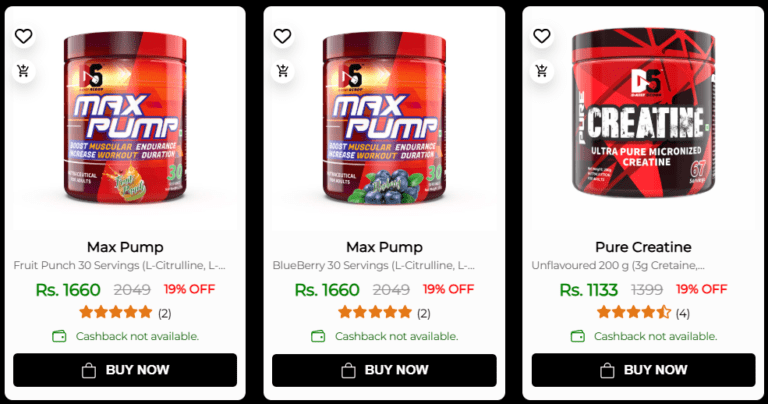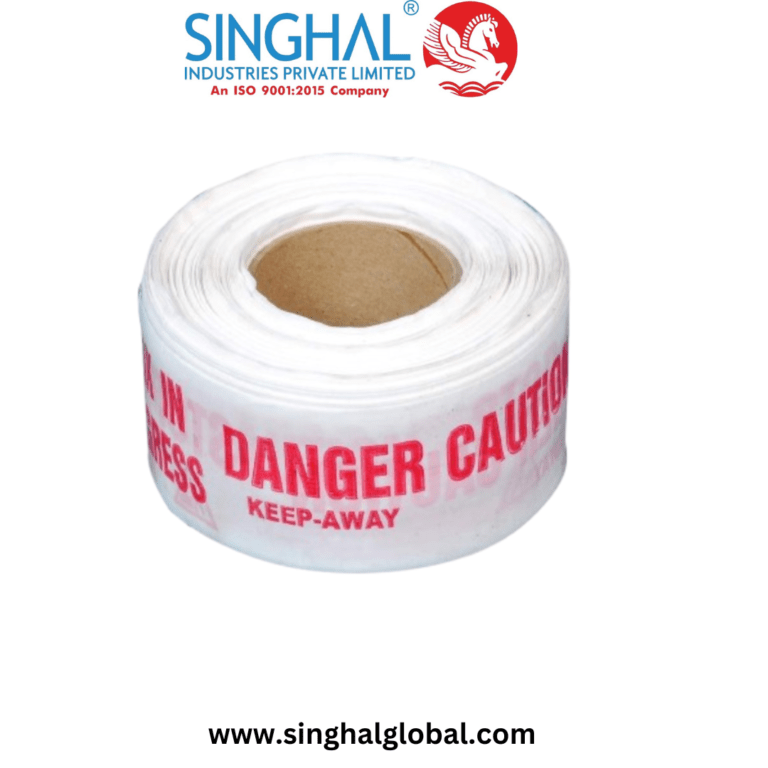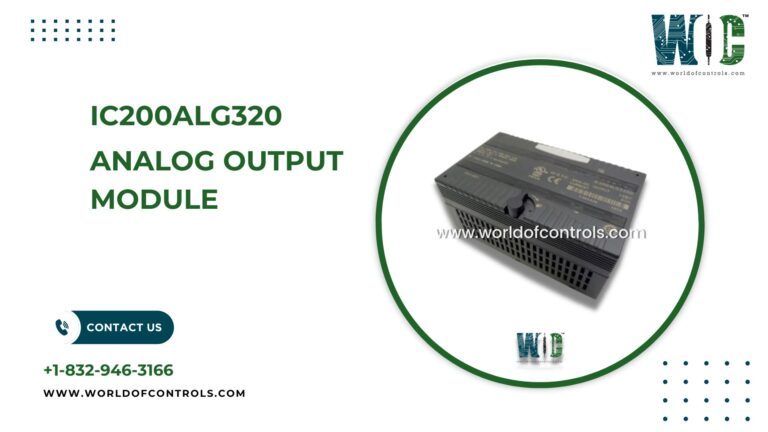Closed-cell spray foam insulation has become a leading choice for homeowners and businesses looking to improve energy efficiency. Known for its superior thermal resistance and moisture resistance, this product provides a long-lasting solution that lowers energy costs and enhances comfort. In this guide, we’ll explore why closed-cell spray foam is an excellent choice for improving energy efficiency, covering its benefits, technical specifications, and things to consider before making a decision.
Key Advantages of Closed-cell Spray Foam
Closed-cell spray foam insulation services is highly regarded for its ability to create an air-tight seal, which is crucial for improving energy efficiency in homes and buildings. Here are the main reasons why it stands out:
- High R-value per inch: Closed-cell spray foam provides excellent thermal insulation, making it more effective at reducing energy consumption than other types of insulation.
- Moisture and air barrier: Its dense structure prevents moisture infiltration, which helps reduce the risk of mold and mildew.
- Durability: This insulation type is strong and rigid, adding structural integrity to the areas it is applied.
- Noise reduction: The foam also serves as an effective sound barrier, improving the acoustics in your living or working environment.
- Long lifespan: Closed-cell spray foam can last for decades, providing long-term savings on energy bills.
Technical Specifications and Comparisons
Understanding the technical side of closed-cell spray foam insulation is essential to evaluate its effectiveness and suitability for your needs. Below is a comparison of common spray foam options, focusing on key performance metrics.
Comparison Table: Spray Foam Insulation Options
|
Feature |
Closed-Cell Spray Foam |
Open-Cell Spray Foam |
Fiberglass Insulation |
|---|---|---|---|
|
R-Value per Inch |
6.0-7.0 |
3.5-4.0 |
2.2-4.0 |
|
Moisture Barrier |
Yes |
No |
No |
|
Air Barrier |
Yes |
Partial |
No |
|
Durability |
High |
Medium |
Low |
|
Soundproofing |
Excellent |
Good |
Poor |
|
Cost |
High |
Moderate |
Low |
Technical Specifications for Closed-Cell Spray Foam
|
Specification |
Value |
|---|---|
|
Density |
1.5 – 2.0 lbs/ft³ |
|
Compressive Strength |
25 – 60 psi |
|
Thermal Resistance (R-value) |
6.0 – 7.0 per inch |
|
Closed-cell Content |
90% or higher |
|
Moisture Absorption |
< 0.1% |
|
Service Temperature |
-200°F to +200°F |
|
Fire Rating |
Class 1/Class A |
Things to Consider Before Making a Decision
Before deciding to install closed-cell spray foam, several factors must be considered to ensure it aligns with your specific needs. These include:
- Budget: Closed-cell spray foam can be more expensive than alternatives, such as fiberglass or open-cell foam. Assess your budget to determine if the long-term energy savings justify the upfront cost.
- Climate: If you live in a particularly humid area or a place prone to temperature extremes, closed-cell foam offers a better solution due to its moisture barrier and superior insulating properties.
- Installation Process: Spray foam installation requires professional equipment and expertise. Ensure that you hire certified professionals for the job to ensure safety and proper application.
- Long-term Goals: If you’re looking to reduce energy bills for the long haul, closed-cell spray foam offers excellent insulation that requires minimal maintenance over its lifespan.
Bonus Tips
- Sealing gaps and cracks: Closed-cell foam is highly effective in sealing gaps around windows, doors, and plumbing. Ensure that these areas are thoroughly addressed during installation to maximize energy savings.
- Consider hybrid systems: In some cases, combining closed-cell spray foam with other insulation methods, like fiberglass, can be an effective and cost-efficient solution depending on your home or building design.
Common Questions About Closed-Cell Spray Foam
1. What is the difference between closed-cell and open-cell spray foam?
Closed-cell spray foam has a denser structure, providing higher insulation value, moisture resistance, and durability. Open-cell spray foam is more flexible, less expensive, but offers lower insulation values and is more susceptible to moisture.
2. How long does closed-cell spray foam last?
Closed-cell spray foam can last for 30 years or more when properly installed and maintained. Its durability ensures that you won’t need to replace it for many years, making it a long-term solution.
3. Is closed-cell spray foam environmentally friendly?
While closed-cell foam does contain some chemical components, many modern products are made with more eco-friendly materials and blowing agents that reduce environmental impact. It’s a more sustainable option compared to traditional fiberglass insulation.
4. Can closed-cell spray foam be applied to all surfaces?
Closed-cell foam can be applied to a variety of surfaces, including walls, attics, crawl spaces, and roofs. However, it’s essential to ensure that surfaces are properly prepped and remove contaminants for optimal adhesion.
Conclusion
Closed-cell spray foam insulation contractor offers a highly efficient solution for improving energy efficiency, reducing energy costs, and enhancing comfort within homes and buildings. Its superior thermal resistance, moisture control, and long-lasting durability make it the ultimate choice for those seeking effective insulation. When considering your options, assess your specific needs, climate conditions, and budget to determine whether closed-cell spray foam is the right choice for you.
Ready to Achieve Energy Efficiency?
By installing closed-cell spray foam, you’re investing in a solution that will provide lasting comfort and lower energy bills. Schedule an assessment today with Ozark Eco Foam Insulation and take the first step toward a more energy-efficient future.
Contact: Ozark Eco Foam Insulation Phone: (620) 383-9092 Email: ozarkecofoam@gmail.com
Author and Reviewer:
Author: Jeremy Fields brings over a decade of experience in construction and business to Ozark Eco Foam. With a background in both residential and commercial projects, he focuses on completing each insulation job with accuracy and attention to detail. Ozark Eco Foam reflects his commitment to quality work and practical solutions built on years of hands-on industry knowledge.
Reviewer: Amelia Young contributed insights from 10 years in spray foam insulation. Her review helped sharpen the article’s focus on customer engagement and clear service messaging.














